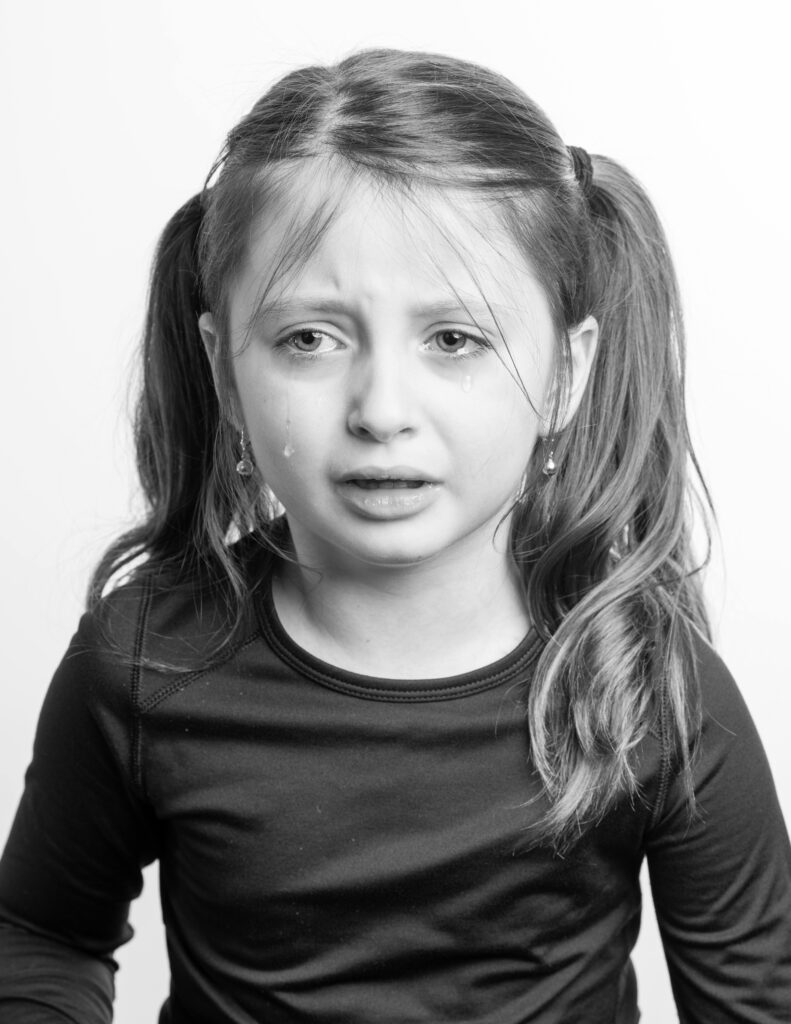Howard Fischer
Uppsala, Sweden

“[It was] a home, a prison, and a testing clinic.”
– Description of the Child Observation Station by a former inmate
Maria Nowak-Vogl (1922–1998) earned her MD degree from the University of Innsbruck, Austria in 1947, her doctorate in psychology in 1952, and the status of specialist in neurology and psychiatry in 1953. When the Child Observation Station opened in 1954, she was appointed head of the institution and remained in that post until 1987. During that period, 3,650 children passed through the station, mostly aged seven to fifteen years, staying on average six to eight weeks. Children were sent there when their parents could not manage them or their foster parents became unable to care for them.
For Nowak-Vogl, the purpose of the station was to “protect society from psychologically conspicuous children and adolescents.” It was run in a repressive, authoritarian way. Shame, threats, and punishments were frequently used, and the children felt that they were treated as “inferior human beings.” Inmates’ friendships with other children there “were frowned upon and prevented, and often interpreted as sexualized behavior.” Nowak-Vogl thought it important to suppress female sexuality, and her preoccupation was children’s masturbation. Children had to sleep tightly rolled in a blanket, with their arms at their sides. She injected children with epiphysan, a substance she hoped would decrease their “hypersexuality” (meaning masturbation). Epiphysan was a pituitary extract from cattle used in veterinary medicine to suppress estrus and mating behavior in cows and mares. It had been tried once on prisoners in Vienna in the 1930s. At Innsbruck there was no notion of informed consent from patients, their parents or guardians, and the drug was not studied systematically nor scientifically.
When flunitrazepam (Rohypnol) became available in 1972, it was tried on children in Nowak-Vogl’s care. A potent benzodiazepine, it was indicated by the manufacturer only for severe insomnia and in the induction of anesthesia. It was never sold legally in the US, where it was known, nevertheless, as the “date rape drug.” It was withdrawn from the pharmacopeias of Spain, France, Norway, Germany, and the UK in 2016.
Her other obsession was enuresis. When a child wet the bed, they were put under a cold shower and then made to stand in a corner all night. The other children were ordered to make fun of the bed-wetter. Early-model enuresis alarms were in every potentially enuretic child’s bed so that no episode would go undetected. A twelve-page list of house rules included prohibitions on having personal belongings and singing or whistling. Mealtimes had to be short and nearly silent. All toilet visits were monitored.
Former inmates describe Nowak-Vogl as “cold,” scornful, and given to screaming and physical violence. Other personnel were also allowed to hit the children. Nowak-Vogl told a female psychology student at the station that this was the way girls were treated in the Bund Deutscher Mädel, the female version of the Hitler Youth. The student left the clinic and did not return. The children who were at the station considered their stay a traumatic experience, with lifelong repercussions. After their stay at the station, Nowak-Vogl decided on the children’s disposition—to an orphanage, a reformatory, to a farm family or a laundry as a laborer, and, sometimes, home.
After being publicly shamed into investigating, the Medical University of Innsbruck issued a report in 2013 condemning the abuse children underwent at the station. Former inmates, when located, now receive a lump sum payment of €1,500, and then a monthly “pension” of €300 after age sixty. It has been suggested that some American “camps” and facilities that “treat” and try to “convert” homosexual people to heterosexuality have some of the features of the Child Observation Station. Historian Timothy Burke writes, “The past is not even past.”
Sources & end notes
- Margaret Talbot. “Behind a locked door.” The New Yorker, September 25, 2023.
- Timothy Burke. “The read: Margaret Talbot, ‘Behind a locked door,’ and Amanda Hess, ‘Why I keep watching in-flight meltdowns.’” Eight by Seven, October 6, 2023. https://timothyburke.substack.com/p/the-read-margaret-talbot-behind-a
- A film from 1980,“Problemkinder” (“Problem Children”), is on YouTube. The first six or seven minutes are with Nowak-Vogl. The remaining thirty-five minutes visit different facilities and institutions for children in Austria. Recommended. Also worthwhile are:
- “Tirol TV Thema 28.11.2013. Die Innsbrucker Kinderbeobachtungsstation von Maria Nowak-Vogl.” (“Maria Nowak-Vogl’s Innsbruck Child Observation Station”) Part 1. Six minutes.
- “Tirol TV Dokumentation: Kinderbeobachtungsstation Innsbruck. Teil 2.” (“The Innsbruck Child Observation Station. Part 2”). Three minutes.
- Some scenes with Nowak-Vogl, which are the same as in “Problemkinder,” as well as a dramatization of the “house rules.”: “Heimkinder 6/8, Kinderbeobachtungsstation Innsbruck” (Children in a Home 6/8, The Innsbruck Child Observation Station) mpg. Seven minutes.
- All of the above films have English subtitles.
HOWARD FISCHER, M.D., was a professor of pediatrics at Wayne State University School of Medicine, Detroit, Michigan.

Leave a Reply